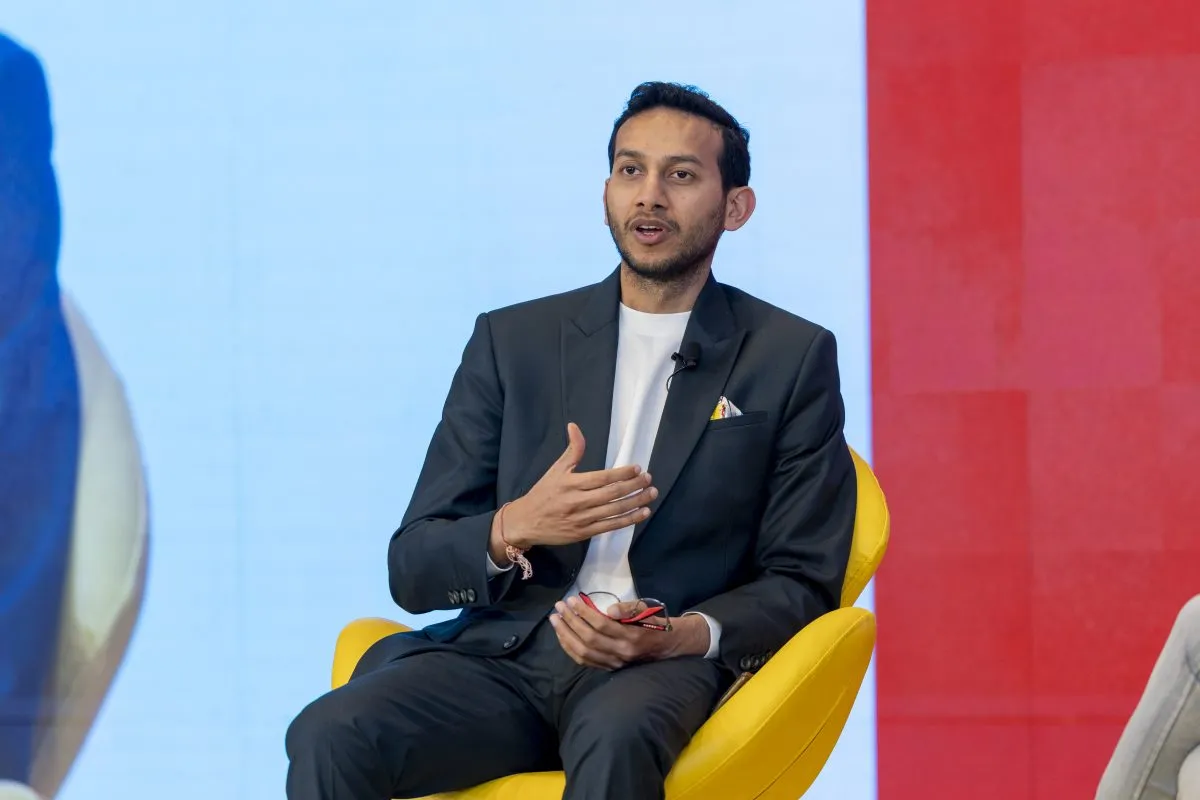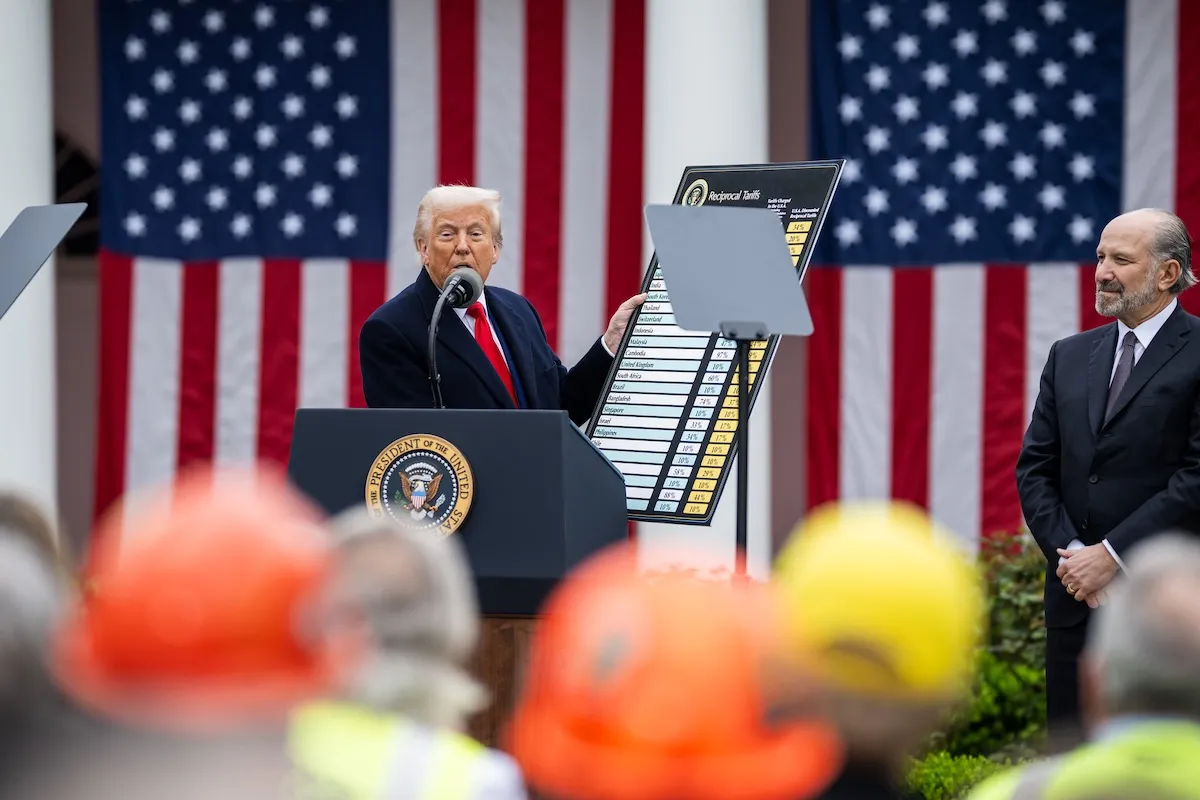Increasing Traveler Engagement One Game at a Time

This sponsored content was created in collaboration with a Skift partner.
The era of brands aiming to attract and engage new audiences and keep bringing back existing customers is well underway. In an increasingly mobile marketplace, where people are spending more time on the second screen, what could be more engaging for consumers than games?
Games have become a key way to raise awareness with new audiences and bring back repeat customers in continued play to increase customer interest, brand loyalty and business development. The incentivized behavior inherent to games provides marketers opportunities to offer multiple messages, calls to action and touchpoints that are playful and fun to build relationships.
As marketers look to reach the short attention span of people on mobile devices, the idea of mastering games as a way to engage consumers becomes more and more important.
- The market growth of ‘gamification’—that is the application of typical elements of game mechanics and design to other areas of activity to engage and motivate people—is expected to reach $5.5 billion in 2018, with the biggest market expected to be North America, followed by Europe, according to data from Dallas-based research firm Markets and Markets.
- A recent report from BI Intelligence on mobile gamification explains how gamification represents the fusion of four trends: the explosion of social media usage, the mobile revolution, the rise of big data, and the emergence of wearable computing.
- Plus, the use of a mobile device to access content—especially travel-related—is increasing. More than 70 percent of U.K. consumers and nearly 65 percent of U.S. consumers are using smartphones to access digital travel content monthly, according to a proprietary study commissioned by Expedia Media Solutions and conducted by comScore.
- All different kinds of people at various life stages are engaging with gamification—more than 60 percent of CEOs, CFOs and senior executives take daily game breaks at work (Jane McGonigal, Reality is Broken).
While consumers will engage with a game while waiting for their coffee or commuting on the train, marketers need to ensure the experience is educational, engaging, and aspirational. The most crucial elements are design, storytelling aspects and a beautiful experience, which are the keys to unlocking consistent upward growth and creating brand advocates.
Travel brands and destinations—which typically already have amazing imagery and story assets at hand—especially should consider leveraging game mechanics and design in campaigns. For instance, when VisitBritain looked to raise awareness with new travel audiences through an email campaign in multiple markets around the world, we developed “The Great British Afternoon Tea” game. The approach broke away from the standard sign-up email message by creating content that invited consumers to participate in an interactive personality quiz centered on the quintessentially British custom of drinking tea. Through a series of questions, users discovered what their ideal afternoon tea party style was and became eligible to win a trip to Britain. The campaign was highly visual and captivating to play on mobile devices – taking a fun, quick quiz led them to truly get engaged instead of simply deleting the message. The award-winning campaign exceeded benchmarks by generating an astonishing 61 percent email conversion rate across all markets, with rates as high as 79 percent in Australia and 66 percent in New Zealand. In just eight weeks, more than 150 thousand people took the quiz and more than 80 thousand opted-in to receive emails.
This is just the beginning too, as marketers continue to realize the value of breaking through to distracted mobile consumers with engaging game play and relevant messaging that makes brand content fun.
This post is brought to you in sponsorship with our client, Expedia Media Solutions.




